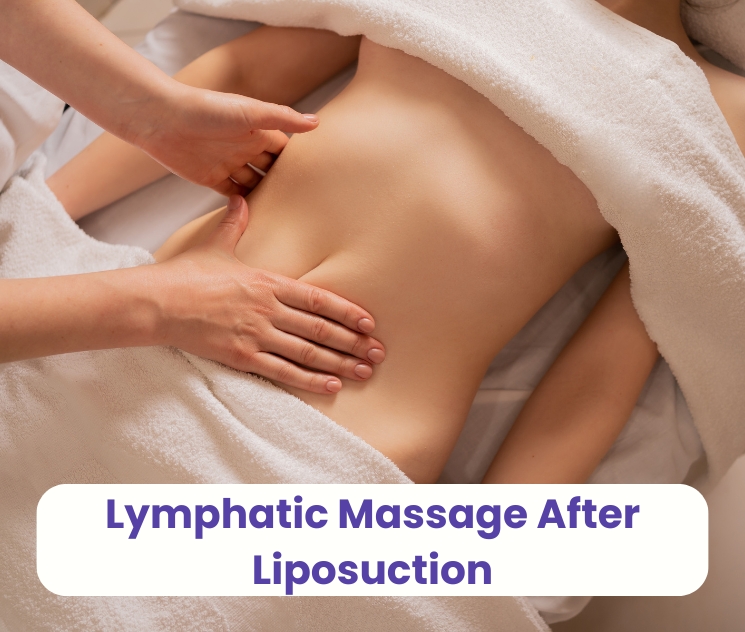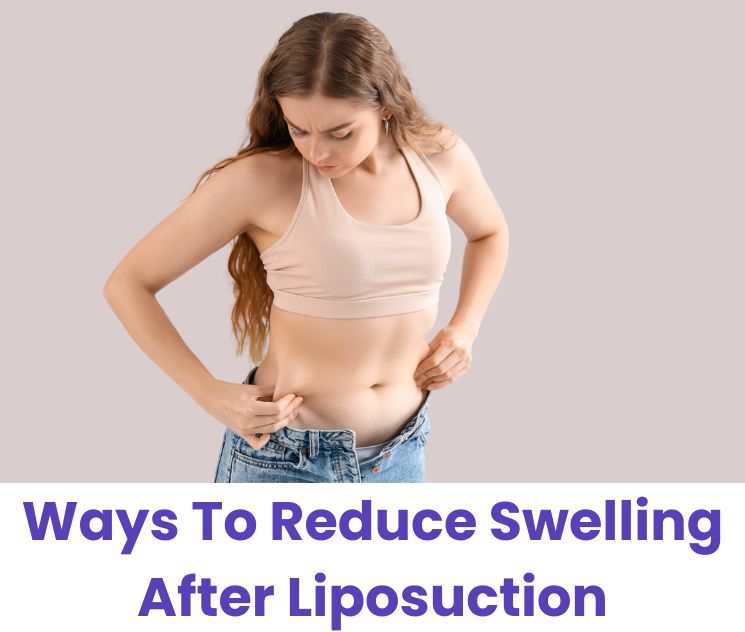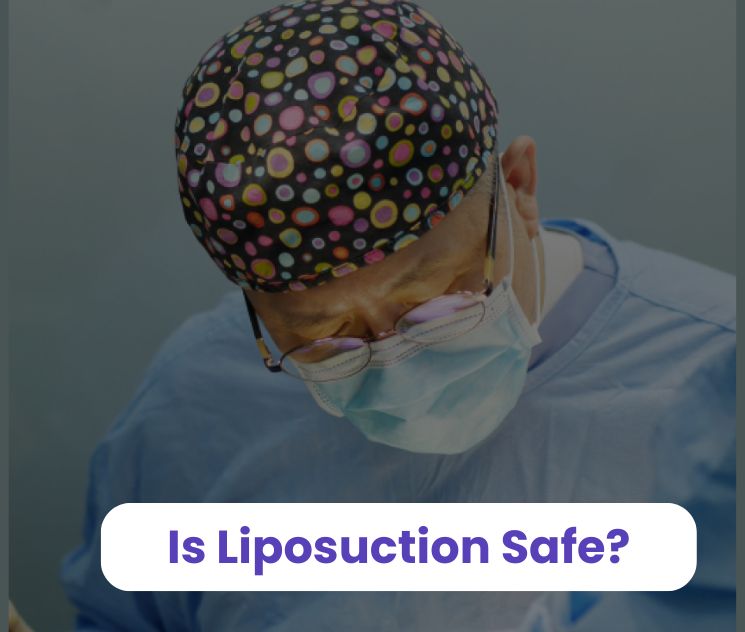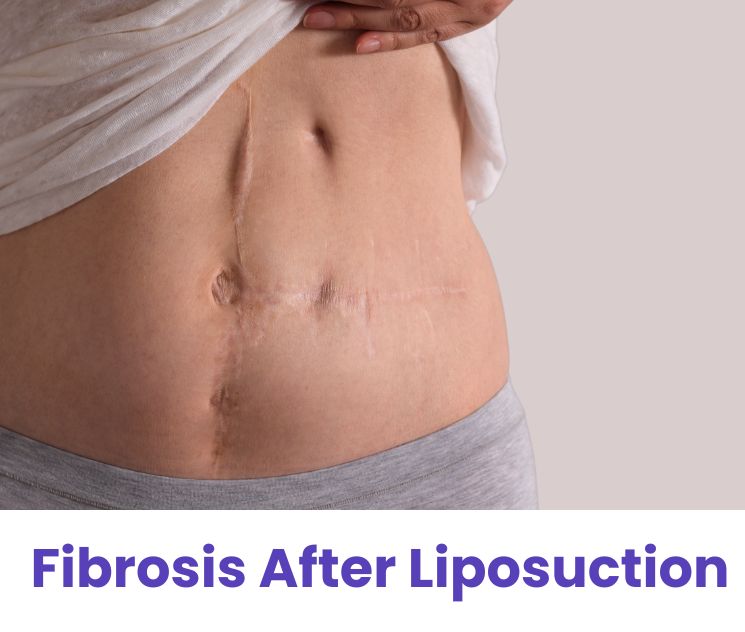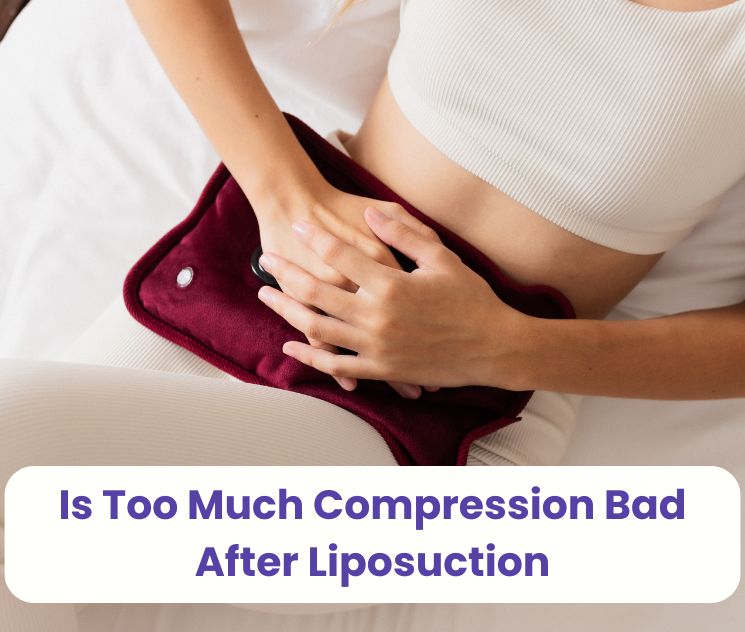Imagine a recovery process that not only feels easier but also accelerates your results.
After liposuction, your body can face challenges like swelling, bruising, and fluid retention, which can slow down healing and make the recovery more uncomfortable.
This is where lymphatic massage comes in!
Lymphatic massage is a gentle, soothing technique designed to stimulate your body’s natural detoxification system.
By promoting better circulation and lymphatic flow, Lymphatic massage helps speed up recovery, reduce discomfort, and enhance the smooth, sculpted results you’re aiming for.
Whether you’re eager to heal faster or want to achieve your best possible outcome, lymphatic massage is an essential part of your post-surgery routine that you won’t want to skip.
Let’s explore how it works and why it’s so crucial for your recovery journey!
Contents
- 1 What is Lymphatic Massage?
- 1.1 Benefits of Lymphatic Massage After Liposuction
- 1.1.1 1. Digestive Support
- 1.1.2 2. Increased Relaxation and Reduced Pain
- 1.1.3 3. Reducing Swelling and Bruising
- 1.1.4 4. Prevents the Formation of Fibrosis and Scar Tissue
- 1.1.5 5. Boosting the Immune System
- 1.1.6 6. Helps in Movement
- 1.1.7 7. Faster Recovery
- 1.1.8 8. Enhanced Results
- 1.1.9 9. Improved Sleep
- 1.2 What Happens If You Don’t Get a Post Liposuction Lymphatic Massage?
- 1.3 How to Lymphatic Massage Yourself?
- 1.4 How Often Should You Get Lymphatic Massage After Liposuction?
- 1.5 Tips to Enhance Your Liposuction Recovery with Lymphatic Drainage Massage
- 1.1 Benefits of Lymphatic Massage After Liposuction
- 2 Conclusion
- 3 Frequently Asked Questions
What is Lymphatic Massage?

Lymphatic massage, also known as lymphatic drainage massage, is a gentle, non-invasive technique designed to promote the flow of lymph fluid.
This fluid plays a vital role in transporting white blood cells and eliminating toxins from the body.
The primary objective of this massage is to encourage the removal of toxins, excess fluids, and metabolic waste from the body.
Our body has a lymphatic system that consists of organs such as the lymph nodes and spleen, along with lymph vessels and lymph fluid. These organs play a crucial role in clearing waste and toxins to support overall health.
After procedures like liposuction, the lymphatic system can become weakened, leading to issues such as fluid retention, swelling, and an inability to function optimally. This is where lymphatic massage comes in.
It is a specialized technique aimed at stimulating the lymphatic system to work more efficiently.
Using light, rhythmic strokes, often directed toward the lymph nodes, this massage activates the system, enhancing detoxification and helping to reduce fluid retention and swelling.
Benefits of Lymphatic Massage After Liposuction

Before we discuss the consequences of skipping lymphatic massage after liposuction, let’s first explore its powerful benefits.
Whether you’re looking to speed up your recovery or enhance your final results, lymphatic massage can help you achieve your goals.
Now, let’s uncover how this simple, soothing technique can positively impact your healing process.
1. Digestive Support
Lymphatic massage promotes better digestion by stimulating the flow of lymph fluid, which in turn helps move waste through your digestive system.
As your body detoxifies, your digestive system can operate more efficiently, reducing bloating and discomfort.
2. Increased Relaxation and Reduced Pain
This massage technique can help trigger a relaxation response in your body, calming the nervous system and reducing post-surgical pain. Easing muscle tension and promoting circulation lead to overall comfort and relief during the healing phase.
3. Reducing Swelling and Bruising
Swelling and bruising after liposuction are common due to tissue trauma during the procedure. The body responds by sending fluids to the affected areas, causing swelling, and blood vessels may break, leading to bruising.
Lymphatic massage helps reduce swelling and bruising by stimulating the lymphatic system. This improves fluid drainage and reduces fluid retention. It also helps remove waste products from the body, promoting faster healing and reducing the appearance of bruising.
4. Prevents the Formation of Fibrosis and Scar Tissue
If fluid retention isn’t properly managed, post-surgical fibrosis and scar tissue can develop. Lymphatic massage encourages proper circulation and lymph flow, helping to prevent the formation of hard, fibrous tissue that can negatively affect the skin’s appearance and flexibility.
5. Boosting the Immune System
Lymphatic massage helps activate the lymphatic system, which is crucial for immune function. By enhancing lymph flow, this massage aids in the efficient removal of toxins and metabolic waste, ultimately boosting your immune system’s ability to fight off infections and illnesses.
6. Helps in Movement

Fluid retention and swelling after liposuction can limit movement, making it harder to perform daily tasks or follow post-operative instructions. Lymphatic massage reduces these obstructions, allowing you to regain mobility faster and with more ease.
7. Faster Recovery
Lymphatic massage accelerates the healing process by promoting better circulation and fluid drainage.
It helps to remove excess fluid and reduce inflammation, which speeds up tissue repair and shortens recovery time.
8. Enhanced Results
Lymphatic massage can help enhance the final results of liposuction. By reducing swelling, bruising, and fibrosis, your body can more quickly settle into its new contours, giving you smoother and more aesthetically pleasing outcomes.

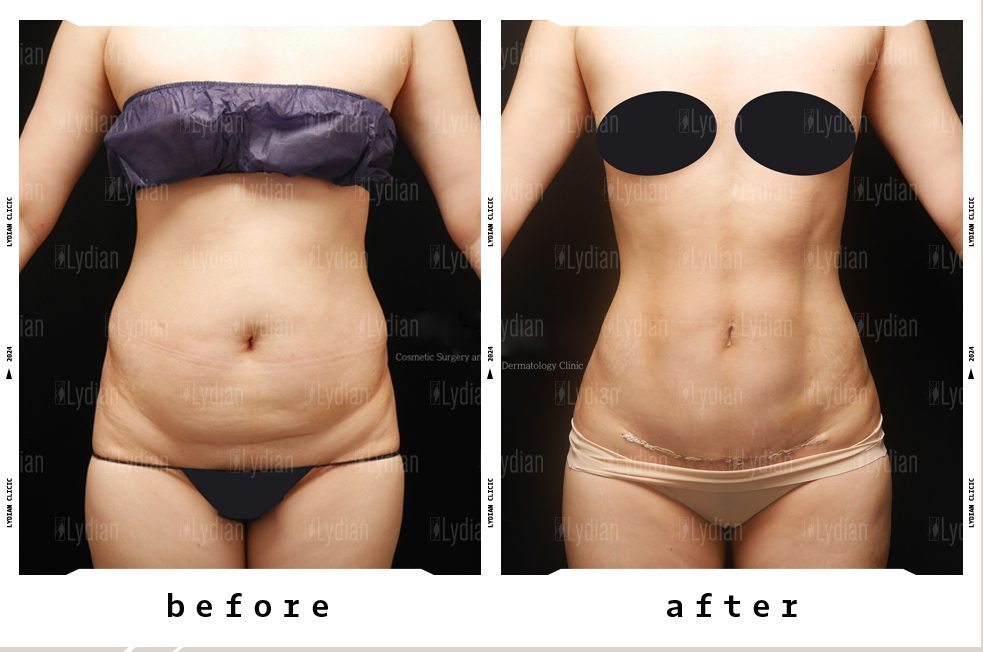
9. Improved Sleep

The relaxation benefits of lymphatic massage are felt not only physically but mentally, too. Reducing stress, soothing discomfort, and promoting a calm body can improve sleep quality, leading to better overall health during recovery.
What Happens If You Don’t Get a Post Liposuction Lymphatic Massage?

Now that we’ve covered the impressive benefits of lymphatic massage, what happens if you skip this crucial step in your post-liposuction recovery?
Well, the consequences can be quite significant. Neglecting lymphatic massage may slow down your healing process and negatively affect the results of your surgery.
Let’s explore the potential risks in more detail.
1. Increased Swelling
Without lymphatic massage, excess fluid and waste are more likely to accumulate in the body, leading to prolonged swelling. This swelling can cause discomfort and delay the healing process, potentially affecting your results.
2. Lumpy Skin
Inadequate lymphatic drainage can lead to uneven skin texture and lumps, especially in the areas where liposuction was performed. These lumps are a result of fluid accumulation or fibrosis, which may be minimized or avoided with regular lymphatic massage.
3. Scarring
Fluid retention and poor circulation can lead to the development of scar tissue, which may affect your appearance. Lymphatic massage helps to break up this tissue and prevent the formation of unsightly scars, ensuring smoother skin and better healing.
4. Slower Healing
Lymphatic massage is essential for speeding up the removal of waste and fluid. Without it, your body might struggle to flush out toxins and other by-products, which can slow down tissue repair and prolong recovery times.
5. Increased Risk of Complications
A poorly managed post-surgical recovery can lead to complications such as infections, poor wound healing, or even blood clots. Lymphatic massage supports the body’s immune system and fluid management, helping reduce these risks.
6. Less-Than-Expected Results
Without proper lymphatic drainage, the body’s healing process may take longer, and you may not achieve the smooth, sculpted results you were hoping for. Swelling, bruising, and fluid retention can hinder the final appearance of your body contour.
7. Increased Stress
The discomfort caused by swelling, bruising, and pain can increase stress levels, making recovery more difficult. Lymphatic massage, on the other hand, promotes relaxation and pain relief, helping to calm both the body and the mind.
8. Increased Discomfort
The longer your body holds onto excess fluid and waste, the more likely you are to experience ongoing discomfort, including tightness, aching, and even chronic pain in some cases. Lymphatic massage helps alleviate these sensations, speeding up the relief process.
👉👉👉Also Read: Compression Garments After Liposuction
How to Lymphatic Massage Yourself?

Lymphatic drainage massage is a specialized technique that is most effective when performed by a trained therapist.
However, there are some simple self-massage techniques you can do at home to promote lymphatic flow and reduce swelling following liposuction surgery.
Here’s a step-by-step guide on how to perform lymphatic massage at home.
Step 1: Prepare Your Skin and Body
Find a comfortable spot, wash your hands, and apply lotion or massage oil to the treated area.
Step 2: Focus on Light Pressure
A lymphatic massage needs light pressure, so use gentle pressure to move lymph fluid gently, and don’t press too hard. The goal is to move the lymph fluid gently.
Step 3: Perform Gentle Sweeping Motions
Massage in long, sweeping strokes toward the heart, starting from the affected area.
Step 4: Repeat on Each Area
Spend a few minutes on each section, avoiding prolonged focus on a single spot.
Step 5: Apply Light Compression
Use your palms or fingertips to gently press on the area with light pressure, and make small circular motions to help move the lymph fluid.
Step 6: Skin Rolling (Optional)
Gently pinch and roll the skin on areas like the abdomen or thighs, always rolling toward the lymph nodes to help fluid move properly.
Step 7: Repeat and Hydrate
Do the massage consistently to reduce swelling and improve circulation. Drink plenty of water afterward to help flush out toxins.

After liposuction, it’s important to be careful when starting lymphatic massage. Always ask your surgeon if it’s okay, especially if you’ve had any problems or if they gave you special instructions.
When doing the massage, avoid using strong pressure on areas that are swollen or painful. If it hurts at any point, stop and talk to your surgeon. Lymphatic massage is a gentle process, so be patient—it can take time to see results. Doing it gently and consistently will give you the best outcome.
How Often Should You Get Lymphatic Massage After Liposuction?

After liposuction, lymphatic massage is essential for promoting healing and reducing swelling.
The frequency of sessions generally depends on your recovery and the extent of the liposuction procedure. Here’s a general guideline:
- Immediately after surgery: Lymphatic massage can begin as early as 48-72 hours post-surgery. But this period can vary depending on your surgeon’s recommendation. During the first week, daily sessions are often recommended to help reduce swelling and improve circulation.
- First month of recovery: After the first week, you may continue with lymphatic massage 2-3 times a week, depending on how your body is responding to the treatment and your surgeon’s advice.
- Ongoing care: After the first month, some patients reduce the frequency to once a week or as advised by their surgeon.
The key is to follow your surgeon’s recommendations based on your unique recovery process. Since everyone’s healing varies, it’s important to communicate with your healthcare provider to determine the best schedule for optimal results.
Tips to Enhance Your Liposuction Recovery with Lymphatic Drainage Massage

Lymphatic drainage massage is an excellent way to boost recovery after liposuction. This specialized massage technique helps reduce swelling, accelerate healing, and minimize complications.
To get the most out of your recovery, consider incorporating this treatment into your plan by working closely with your surgeon and a trained massage therapist.
Here are some helpful tips for maximizing the benefits of lymphatic drainage massage:
- Start Early: Most surgeons recommend starting lymphatic massage within the first week after liposuction. Early intervention can help reduce swelling and support your body’s natural healing process, promoting a faster recovery.
- Choose a Qualified Therapist: Lymphatic drainage massage requires specific techniques that a trained professional should perform. Be sure to work with a therapist who has experience with post-surgical patients. Ask your surgeon for recommendations to ensure you’re in good hands.
- Adhere to Your Surgeon’s Guidelines: Every patient’s recovery is unique, and it’s important to follow your surgeon’s recommendations for lymphatic massage frequency and duration. Some individuals may require more sessions, especially if the surgery was extensive or if they have specific healing needs.
- Support Healing with Hydration: Staying hydrated is crucial for maintaining the body’s ability to heal effectively. Drinking plenty of water can help improve circulation, assist lymphatic drainage, and reduce the appearance of swelling.
- Adopt a Healthy Diet: Nutrition plays a key role in recovery. Focus on a balanced diet rich in vitamins, minerals, and protein to support tissue repair and promote optimal healing. Avoid processed foods and excess sodium, which can contribute to fluid retention.
- Engage in Gentle Movement: While rest is essential, light physical activity such as short walks can promote circulation and assist in fluid drainage. Your surgeon will provide guidelines on when it’s safe to increase activity levels.
- Consider Compression Garments: As recommended by your surgeon, wearing compression garments can help reduce swelling and improve the effectiveness of the massage. These garments provide support and enhance the lymphatic drainage process.
- Be Patient and Consistent: Recovery takes time, and the results of lymphatic massage may not be immediate. Be patient and stay consistent with your massage sessions and recovery plan. Over time, you will notice significant improvements in swelling and overall recovery.
Conclusion
In conclusion, lymphatic massage plays a vital role in enhancing recovery after liposuction. It helps to reduce swelling, bruising, and discomfort while promoting faster healing. By stimulating your body’s natural detoxification system, it supports the removal of excess fluid and toxins, accelerates tissue repair, and ensures smoother, more aesthetically pleasing results.
Skipping this crucial step can lead to slower recovery, increased discomfort, and less-than-ideal outcomes. To maximize your recovery and achieve the best possible results, make lymphatic drainage massage an essential part of your post-surgery routine. Work closely with your surgeon and a qualified therapist to ensure you follow the right protocol, stay hydrated, eat a balanced diet, and remain consistent with your treatments. With patience and dedication, you’ll be on your way to a smoother, quicker recovery and the sculpted body you’ve worked hard to achieve.



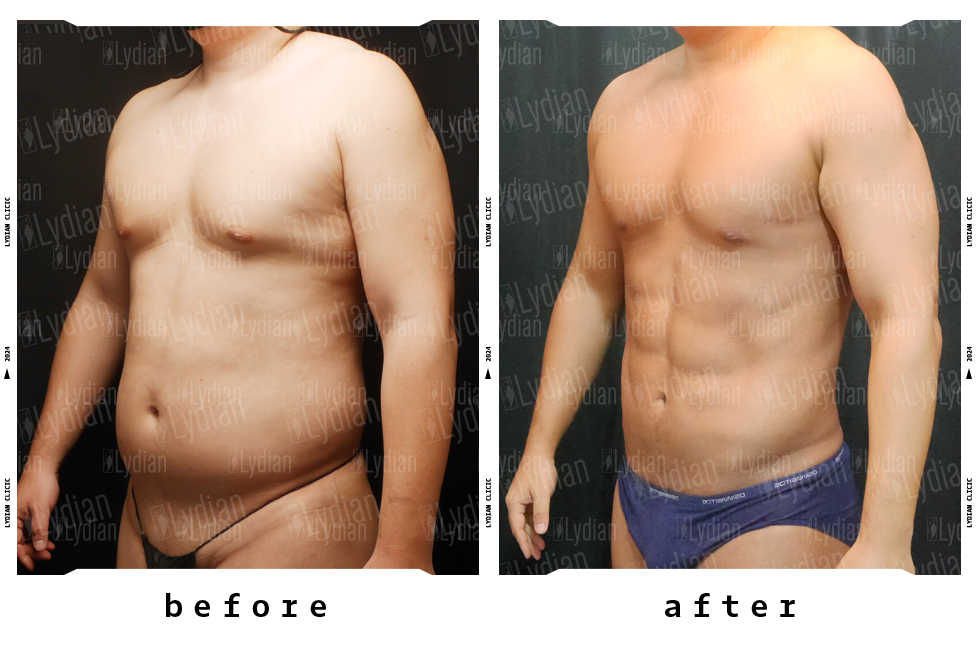










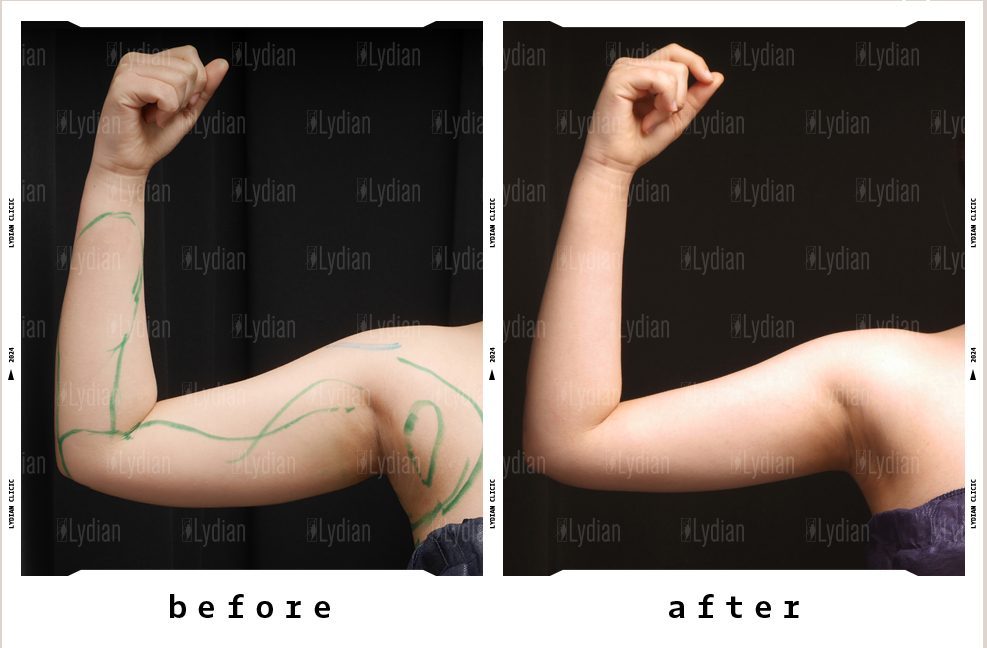
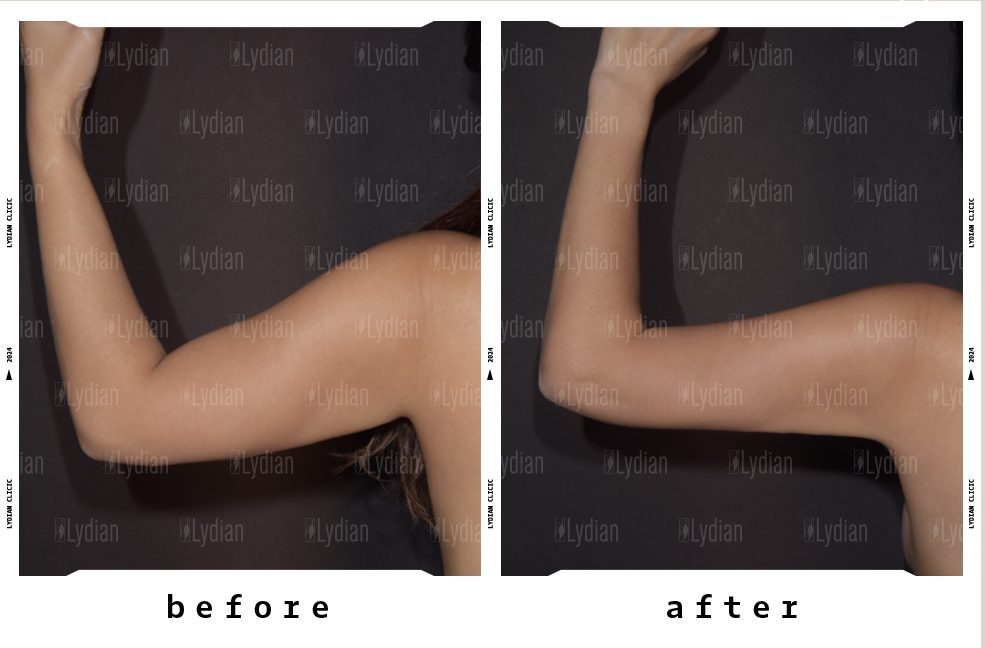
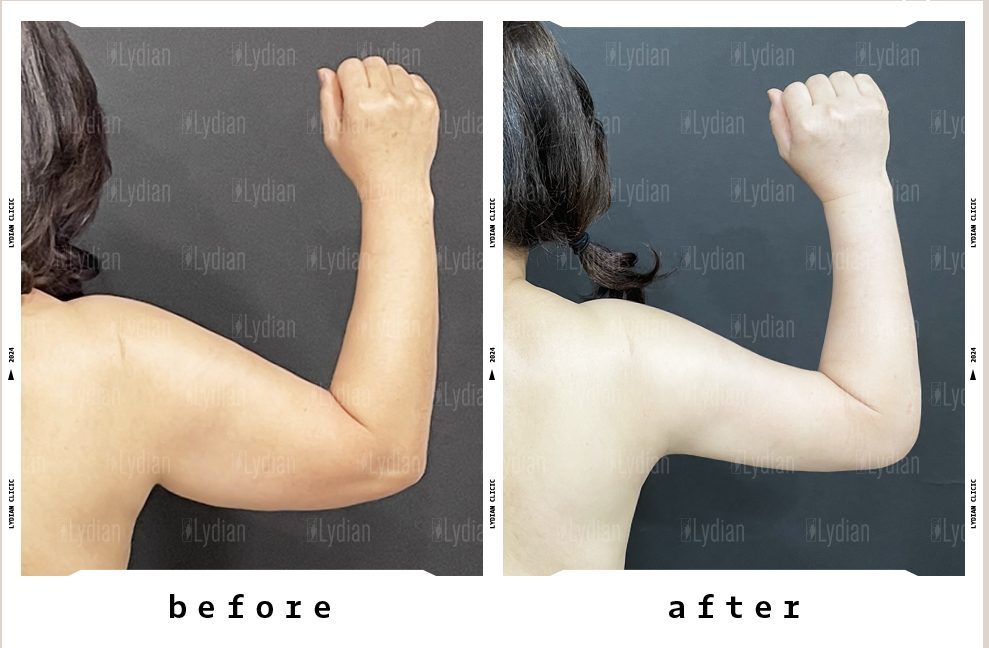

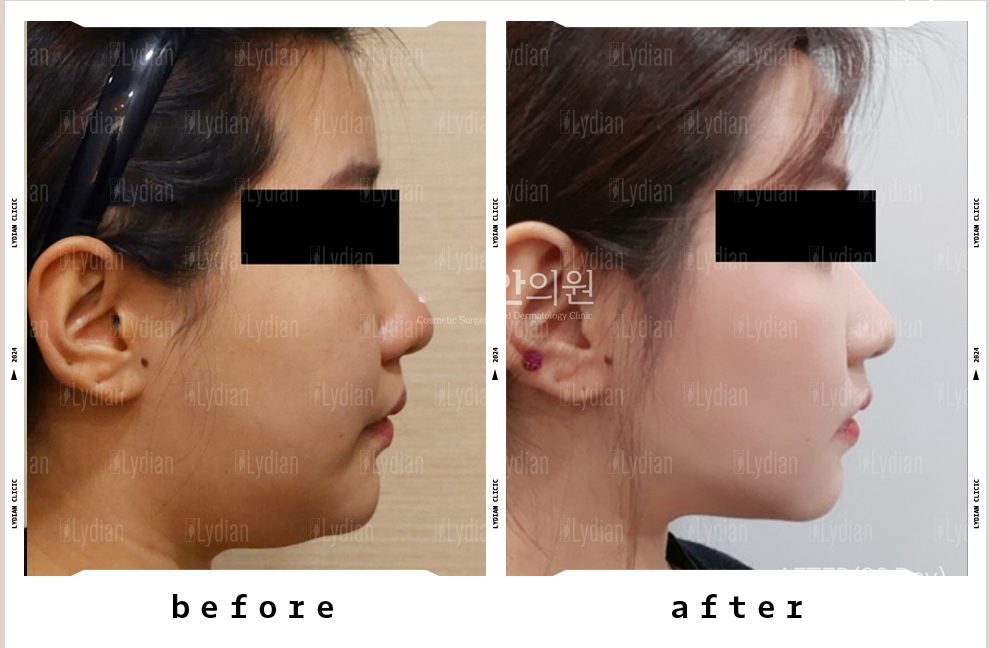
Frequently Asked Questions
Which is the best country to get liposuction?
South Korea is a premier destination for liposuction, renowned for its advanced medical facilities, affordable pricing, and world-class surgeons. With a reputation for delivering reliable and exceptional results, it attracts individuals globally seeking top-tier cosmetic procedures.
Will my stomach sag after lipo?
Can you ruin liposuction results?
Yes, it’s possible to ruin your liposuction results. Failing to follow post-operative instructions can lead to complications, and not maintaining a healthy lifestyle may cause new fat to develop, affecting the long-term outcome. To preserve the results, it’s essential to adopt a balanced diet and incorporate regular exercise into your routine.
If you gain weight after the procedure, the remaining fat cells can expand, or new fat cells can develop, potentially affecting the treated area. To maintain results, it’s crucial to follow a balanced diet and exercise regularly. Your commitment to a healthy lifestyle will ensure the best outcomes from your liposuction.
When is the best time to get liposuction?
The best time for liposuction is when you’re in good health and close to your ideal weight. Many patients find winter and early spring ideal, as the cooler weather makes wearing post-surgery compression garments more comfortable. These garments help reduce swelling and promote healing but can be uncomfortable in warmer months. It’s also important to choose a time when you can take time off work and avoid strenuous activities. Ultimately, the best time is when you’re mentally prepared for the process.
Choose a time when you can take time off work and avoid strenuous activities. Ultimately, the best time is when you’re mentally prepared and ready for the process.

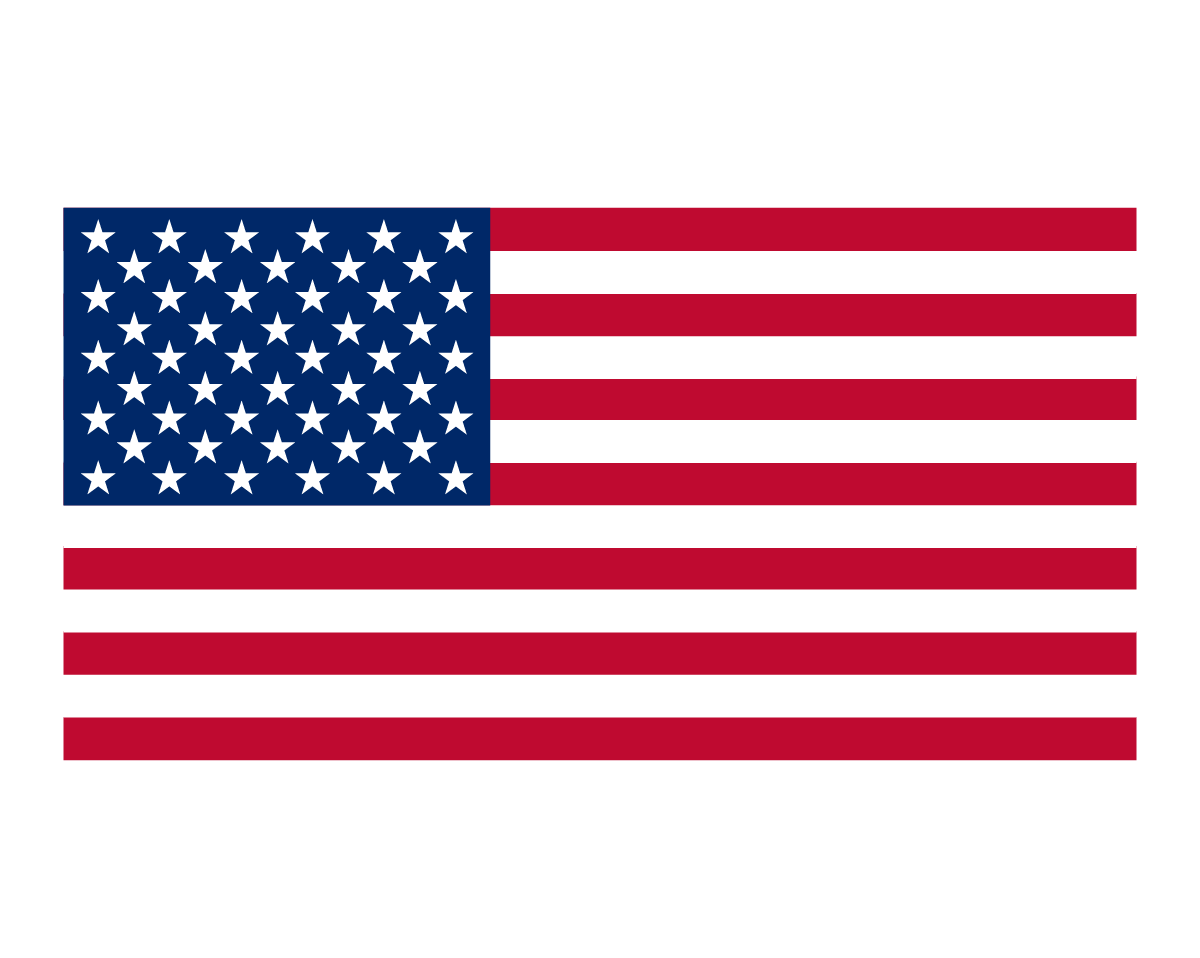 English
English 日本語
日本語 中文网站(繁体)
中文网站(繁体) Русский
Русский Bahasa Indonesia
Bahasa Indonesia ภาษาไทย
ภาษาไทย Tiếng Việt
Tiếng Việt 대한민국
대한민국
